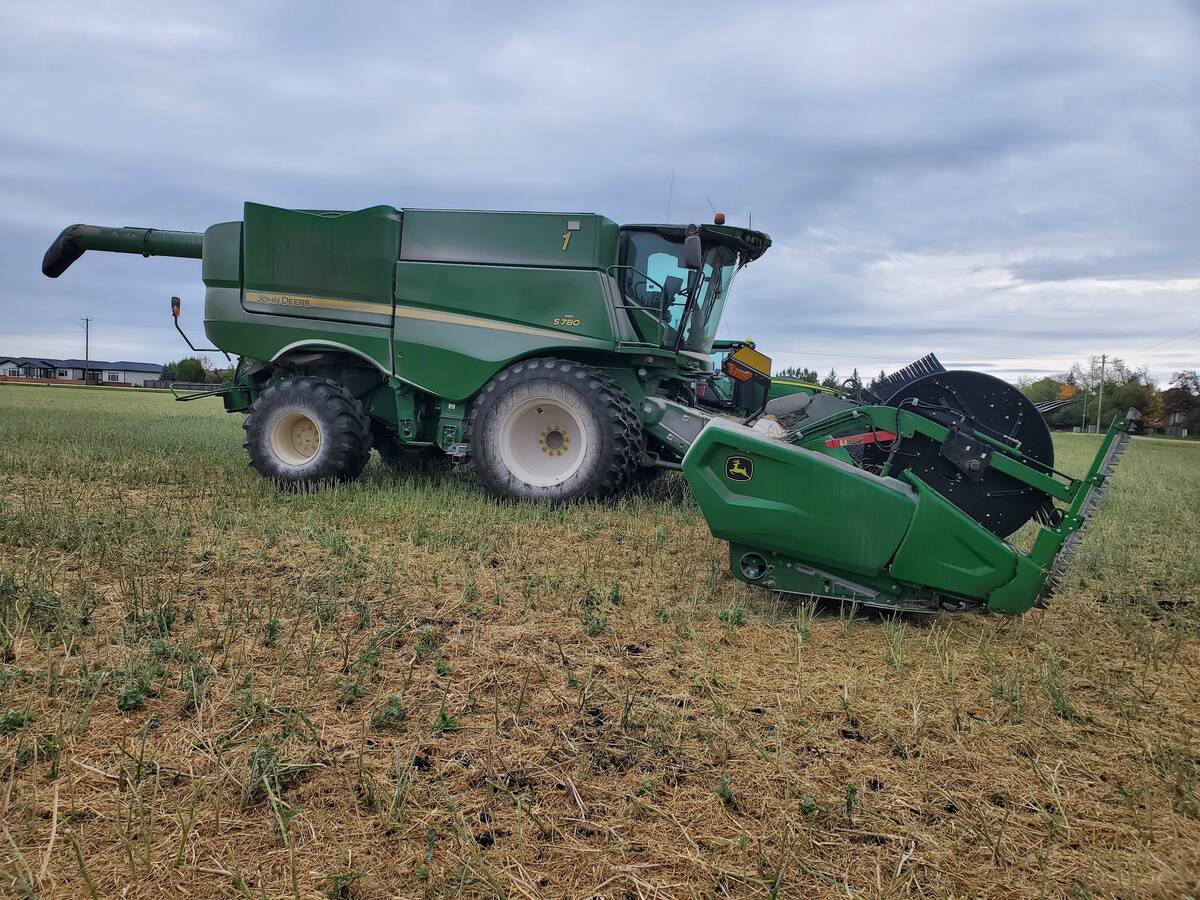Hydrogen sulfide emissions have reached deadly levels at some Sask-atchewan oil wells, prompting the government to step up inspections.
The problem is mainly in southeastern Saskatchewan, where the geology is such that the oil reservoirs become sour as they age, officials said.
Typically, the province’s oil wells have been sweet.
Drilling fluids also introduce bacteria that can cause wells to go sour.
Sour gas affects people at lower levels but is fatal at 1,000 parts per million. The province’s testing at 43 facilities in southeastern Saskatchewan found average concentrations 30 times that amount.
Read Also

Powdery mildew can be combine fire risk
Dust from powdery mildew can cause fires in combines.
Last week, a well was shut in for having dangerous emission levels. It will remain that way until the problem can be fixed, said Ed Dancsok, assistant deputy minister of petroleum and natural gas.
Economy minister Bill Boyd said 10,000 inspections were done last year, and that will continue.
“We certainly are prepared to ramp up our inspections even further if we think it’s necessary,” he said.
The ministry has been grappling with the issue since the spring of 2013 when six calves on Lester and Cecilia Englot’s farm near Manor died unexpectedly.
Their veterinarian believed hydrogen sulfide from wells and a battery across the road from their farm was the likely cause.
That same year, in May, a man from Wawota who supplied products to the oil industry died at a site. His wife has said that sulfide gas was the cause.
In the legislature, NDP agriculture critic Cathy Sproule asked why the public wasn’t warned of a growing sour gas problem and had to learn of these issues through a news media investigation.
“Why has the government kept this under wraps?” she asked.
Sproule also asked why the government hasn’t beefed up its inspection.
Boyd said inspections were in-creased, and the ministry is adding four or five inspectors to its complement of 16.
Brad Herald, vice-president of western Canadian operations for the Canadian Association of Petroleum Producers, said he believed the province has done a good job in the last 24 months to undertake sweep inspections and make sure companies know the rules.
He said his association has also made awareness a high priority among its members.
“Companies have an obligation to understand what those regulatory processes are and have compliant facilities.”
Sour gas must be flared, and there are different storage requirements for oil from sour reservoirs, Herald said.
“The industry’s been dealing with H2S a long time and we know the risk, and we know the risk mitigations, and those risk mitigations are well codified in the regulatory approach,” he said.
Industry has worked with the province to target areas of concerns.
“In 2013, we asked for a gas compositional analysis from thousands of sites,” Dancsok said.
“We assimilated that information so we could better focus our inspections, so that’s how we know which sites are sour and which ones aren’t.”
An estimated six percent of the 80,000 oil wells are sour, according to the ministry.
The most recent provincial budget committed $2.19 million to expand regulatory oversight and enforcement. The national petroleum association supports that move.
Boyd said last year that the ministry had taken a number of enforcement actions, including shutting in wells until they could be fixed, and continues to talk to companies about the issue.
Dancsok said shutting in a well is a stiff penalty because oil companies immediately lose that revenue. However, long-term compliance problems can also result in fines.

















